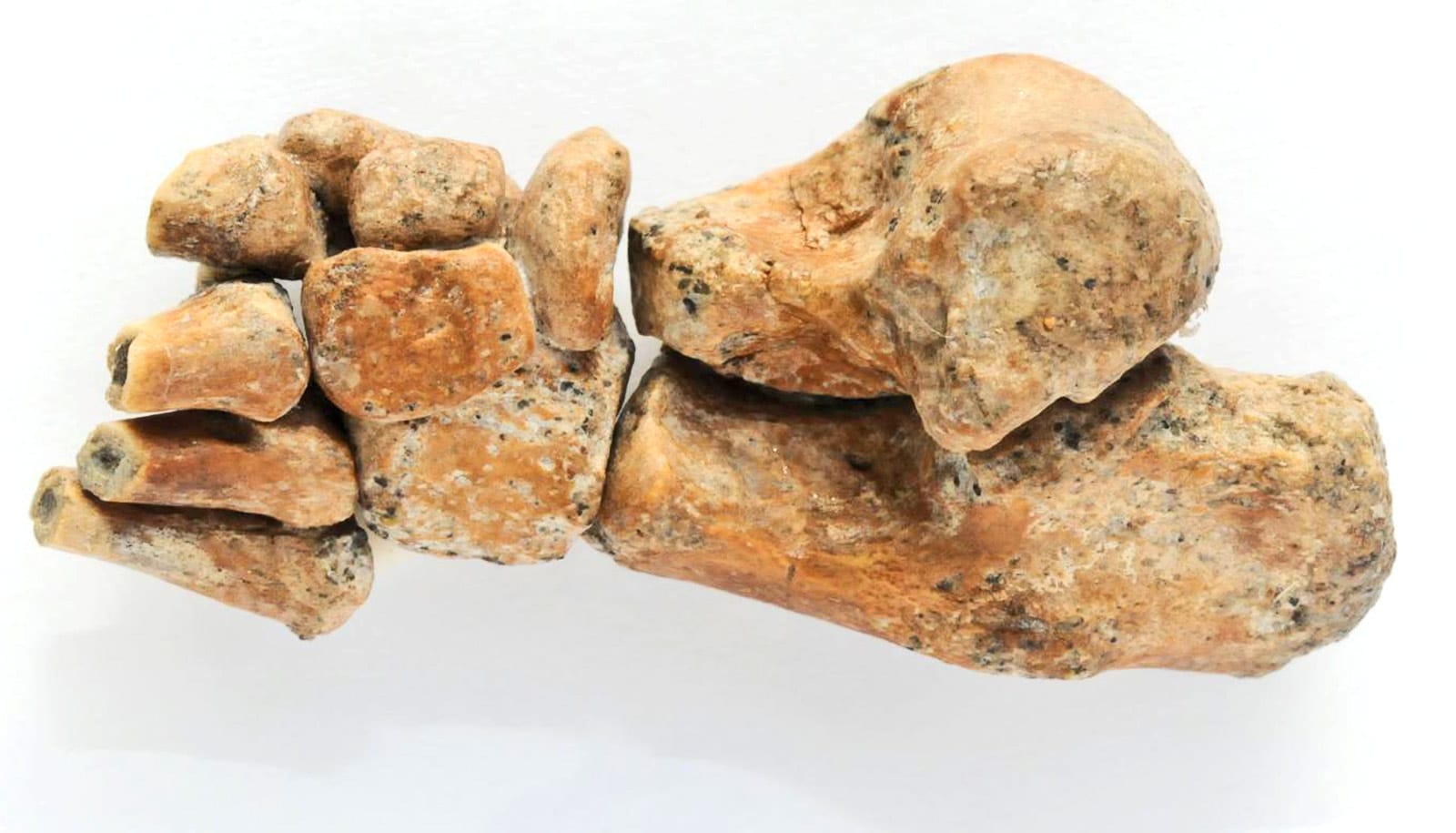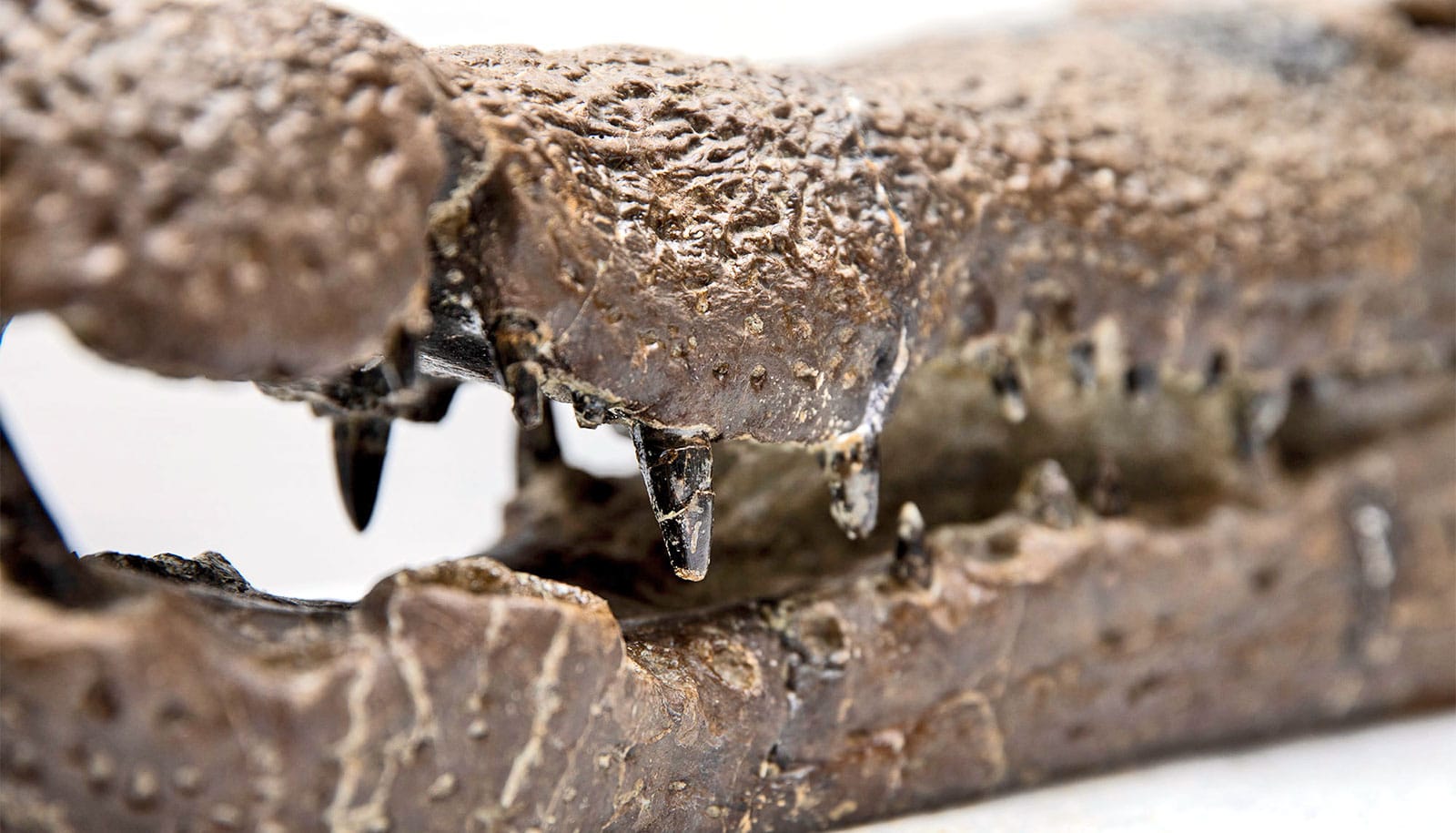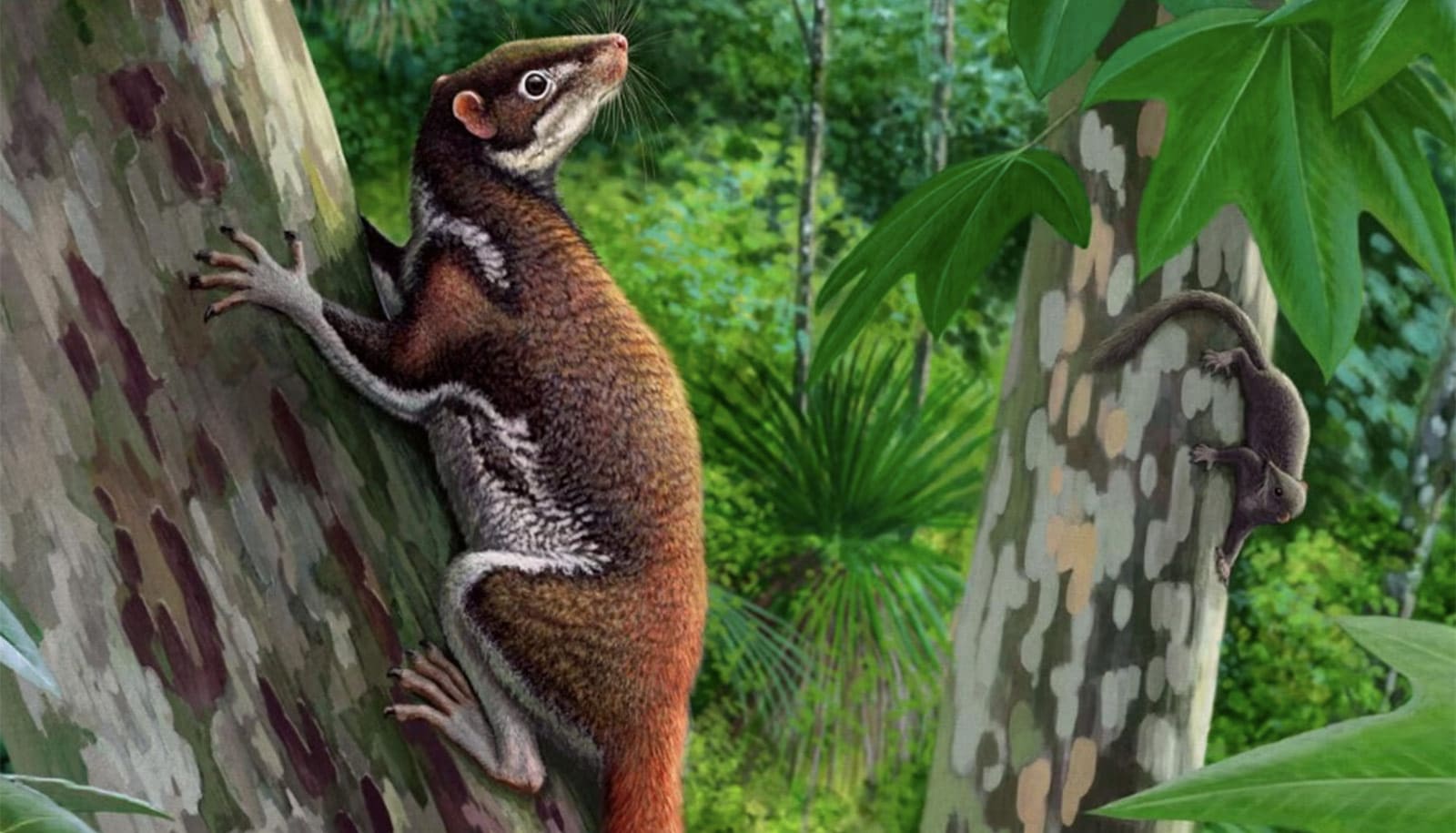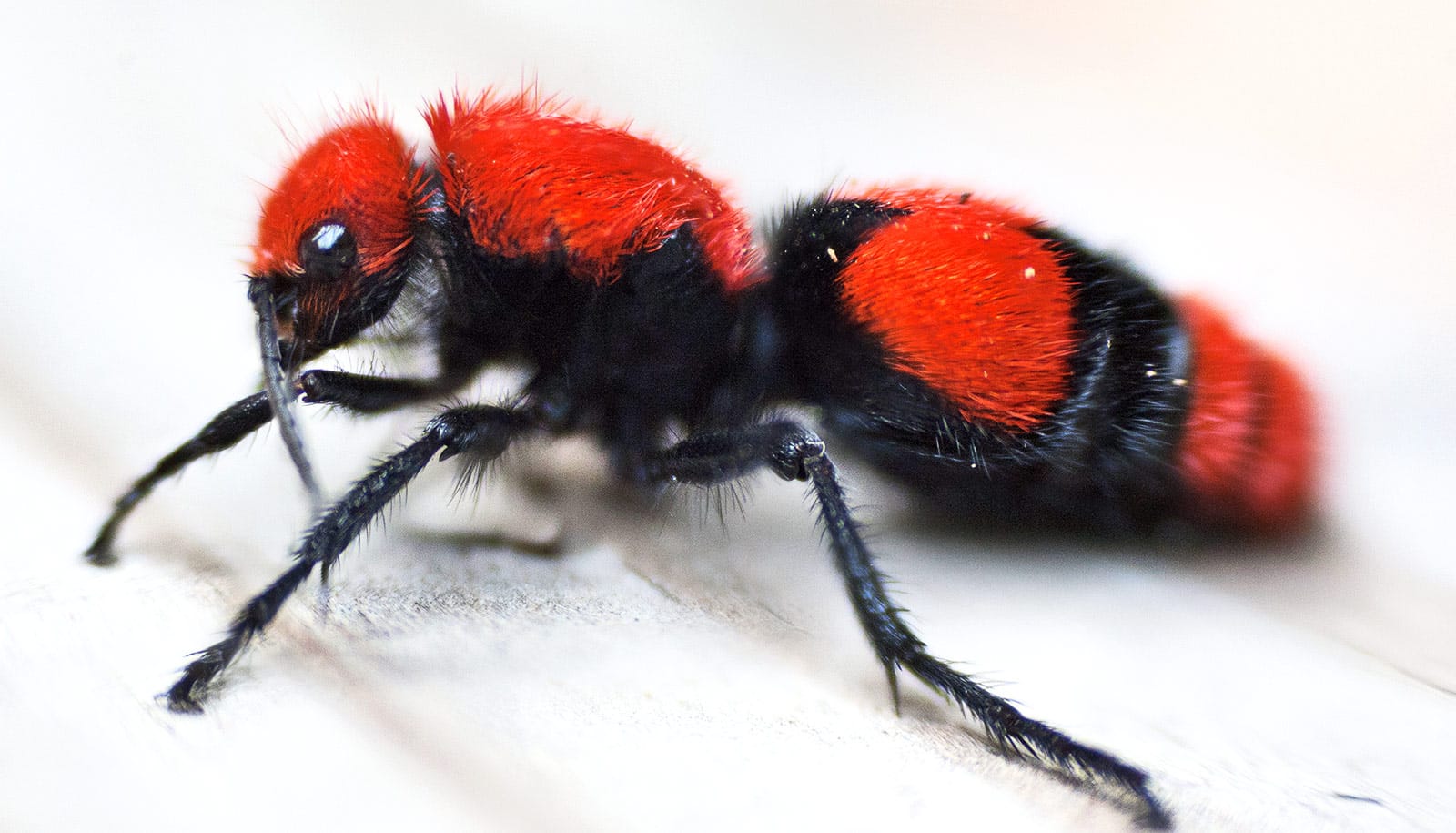A new analysis of a child’s foot from a 3.3 million-year-old fossil skeleton shows that our human ancestors, at least the youngest ones, not only stood on two feet and walked upright, but also had adaptations to help them climb trees like their apelike cousins.
The tiny foot, about the size of a human thumb, is part of the nearly complete skeleton of a young female Australopithecus afarensis.
“The skeleton continues to provide new, really amazing insight in terms of the many adaptations that our early human ancestors had,” says Zeresenay (Zeray) Alemseged, professor of organismal biology and anatomy at the University of Chicago. “Now to identify features that are slightly apelike in an otherwise very humanlike creature is a bit of a surprise.”

Alemseged, senior author of the paper in Science Advances, discovered the fossil in 2002 in the Dikika region of Ethiopia.
The fossil, known as “Selam,” is from the same species as the famous Lucy fossil, and was found in the same vicinity. The popular press erroneously labeled it “Lucy’s baby,” though Selam lived more than 200,000 years before Lucy.
In studying the fossil foot’s remarkably preserved anatomy, researchers reconstructed what life would have been like years ago for the toddler, and how our ancestors survived. They examined how the foot would have been used, how it developed, and what it tells us about human evolution.
“If you are a bad upright walker, you are going to get eaten by leopards and go extinct.”
“For the first time, we have an amazing window into what walking was like for a two-and-a-half-year-old more than three million years ago,” says lead author Jeremy DeSilva, associate professor of anthropology at Dartmouth College. “This is the most complete foot of an ancient juvenile ever discovered.”
The fossil record indicates that these ancient ancestors were quite good at walking on two legs. “Otherwise, if you are a bad upright walker, you are going to get eaten by leopards and go extinct,” DeSilva says.
At two-and-a-half years old, Selam was already walking on two legs too, but there are hints in her fossil foot that she was still spending time in the trees and hanging onto her mother as she foraged for food. Based on the skeletal structure of the child’s foot, specifically a more movable big toe which allowed them to grasp branches and climb, kids probably spent more time in the trees than adults did.
This lasting ability to climb gave the younger, more vulnerable juveniles a backup plan to walking.
“If you were living in Africa three million years ago without fire, without structures, and without any means of defense, you’d better be able get up in a tree when the sun goes down,” DeSilva says.
Fossil footprints show humans stalked giant ground sloth
The new findings give researchers greater insight into the workings of evolution, not just in human ancestors but in general.
“These findings are critical for understanding the dietary and ecological adaptation of these species and are consistent with our previous research on other parts of the skeleton, especially the shoulder blade,” Alemseged says.
New Homo sapiens fossils are the oldest yet
“Placed at a critical time on the cusp of being human, Australopithecus afarensis was more derived than Ardipithecus, a facultative biped that walked on two legs some of the time, but not yet an obligate strider like Homo erectus,” he adds.
“The Dikika foot adds to the wealth of knowledge on the mosaic nature of hominin skeletal evolution.”
Source: University of Chicago



